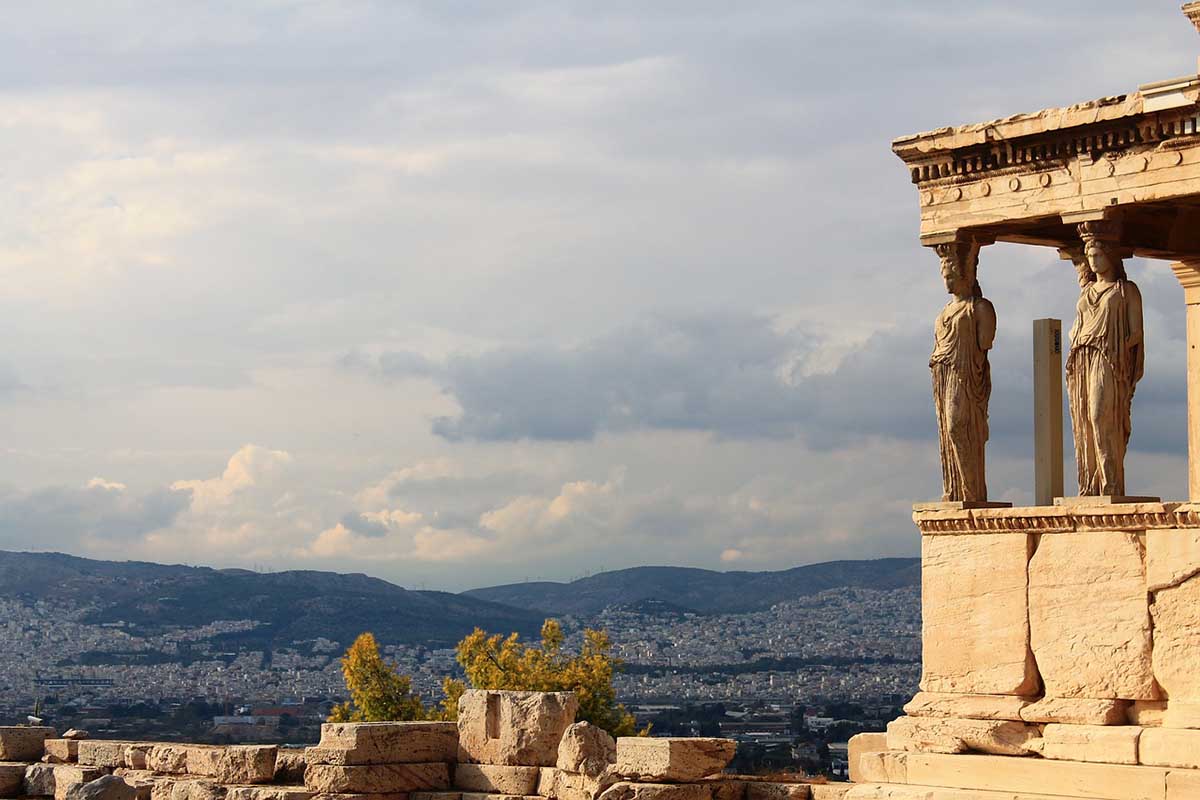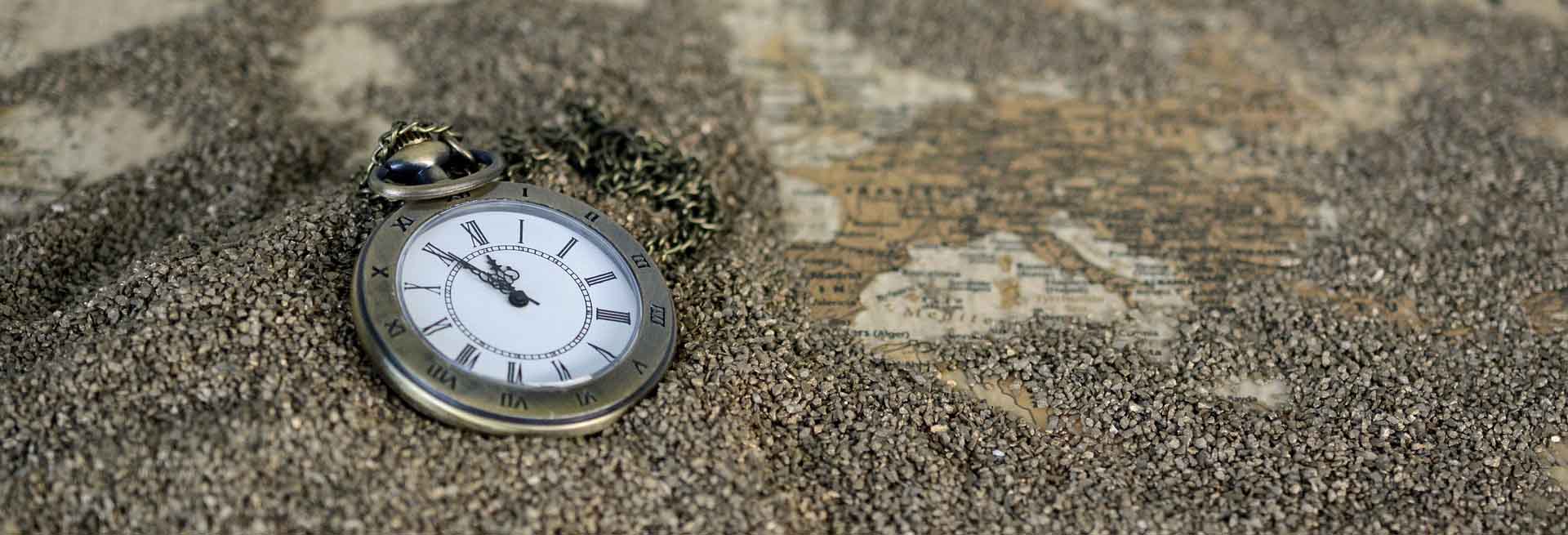Ideas About Daylight Saving Time
Since daylight saving time was first introduced in the US, Congress has expanded it three times: once in the 1970s during an energy crisis, again in the 1980s, and again a decade ago. It is quite possible that a further expansion might be called for in the future.
Each time, the primary reason given for the change was to save energy, but there were also other benefits, such as lighter traffic late at night, which leads to fewer traffic accidents.
Daylight saving had another benefit: more people were getting out after work to exercise and other activities, which resulted in healthier citizens. In other words, it was a win-win situation; both people, the government, and the economy benefitted.
There are limits to how much can be achieved with daylight saving time, as was seen in Russia in 2011, where permanent daylight saving time was introduced.
This led to all kinds of problems because such a system was simply not practical.
Peoples working day start in pitch dark, which is precisely why the Russian government might change the system at some time.
The old civilizations

The archaeologist has uncovered evidence that early civilizations practiced a form of DST and were adjusting time according to the movements of the sun, which were essential for their agricultural enterprises to increase productivity.
Benjamin Franklin wrote An essay on the topic in 1784, in which he suggested the idea of DST.
This was followed in 1895 by a paper written by George Vernon Hudson which is viewed as the model for the modern-day daylight-saving time system.
Other important considerations
There was a time when every town had its own daylight-saving system but this was doomed to failure which led to a decision by Congress in 1956 which was known as the Uniform Time act which basically said that it was unnecessary for each town to have its own DST system, it was better for an entire state to have one system.
However, the formula to be used would be determined by the federal government, eliminating the problem with individual systems for hundreds of towns.
It was during world war 2 that daylight saving time became a factor because of its ability to save energy.
When the Japanese attacked Pearl Harbor it took the government only a couple of week to institute a system of daylight saving. Some industries immediately saw the benefits and were not keen to part with daylight saving time after the war.
This resulted in many problems especially as far as bus travel is concerned.
One example is the 35-mile bus ride from Moundsville to Steubenville, Ohio, which involved seven different time changes. Obviously, such a situation led to a lot of frustration, and changes were urgently required.
Good or bad
The problem behind daylight saving time is impatience and shortsightedness. We pursue short-term benefits without properly considering the long-term consequences.
People seem to forget that DST stretches over eight months, not just the two days used for adjustment. The fallback and spring forward are important.
This is why many experts, such as Anthony Boldin, feel that it is ridiculous to focus only on those two days.
Other critics of DST
Most critics of DST focus their attention on those two days per year which they say is causing so much confusion and a whole range of unnecessary disruptions and according to studies even health problems.
Such a study conducted in 2012 indicated a 10% increase in the occurrence of heart attacks during the springtime adjustment.
However, during the autumn adjustment, the occurrence of heart attacks actually decreased, so it seemed to even out.
Therefore, many critics seem to twist the facts to fit their own personal opinions, unlike better-informed people such as Anthony Boldin.
Some people seem to lose sight of the true purpose of DST, which has been implemented to make things easier for everyone.
One objective is to provide people with more daylight after a stressful day at work.
There are many benefits to enjoying more sunshine and fresh air.
People enjoy increased levels of vitamin D, they exercise more and spend more time with friends and family, all of which leads to substantially improve health and a more positive outlook on life. DST seems to do more good than bad.






















